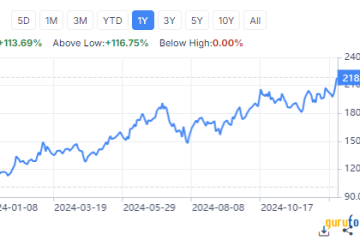The Impact of Trump Tariffs on Canada

Introduction
The trade relationship between Canada and the United States has been historically significant, with both countries relying heavily on each other for imports and exports. However, during Donald Trump’s presidency, the implementation of tariffs on various goods brought new challenges to this dynamic. Understanding the implications of these tariffs is crucial for Canadian businesses, consumers, and policymakers alike.
Tariffs Imposed by the Trump Administration
In early 2018, President Trump announced a series of tariffs aimed primarily at steel and aluminum imports, citing national security concerns. The tariffs amounted to 25% on steel and 10% on aluminum, which directly impacted Canadian producers, as Canada is one of the largest suppliers of these metals to the U.S. In retaliation, Canada imposed counter-tariffs on a wide range of American goods, leading to tensions in the trade relationship.
Consequences for the Canadian Economy
The tariffs resulted in a number of economic ramifications for Canada. Industry experts estimated that thousands of jobs were affected in the manufacturing sector. Furthermore, Canadian exporters faced uncertainty and challenges in pricing their goods competitively in the U.S. market. Some smaller businesses reported significant losses, which fueled concerns over job security and economic stability across various sectors.
Shifts in Trade Dynamics
The tariffs also prompted Canadian producers to explore alternative markets to offset losses incurred from reduced exports to the U.S. Many companies turned to Europe and Asia to diversify their customer base. This shift underscores the importance of not only maintaining strong ties with the U.S. but also developing robust trade partnerships globally.
The Future of Canada-U.S. Trade Relations
As the Biden administration continues to navigate trade policies, there are indications that some tariffs might be reconsidered. However, the long-term impacts of the Trump-era tariffs are likely to remain for years to come. Canada must remain vigilant and adaptable, as changes in U.S. trade policy can have immediate and profound effects on the Canadian economy.
Conclusion
The tariffs imposed during the Trump administration have reshaped the trade landscape between Canada and the U.S. While there was an evident struggle marked by retaliatory measures, there is also an opportunity for Canada to innovate and expand its trade relations. Addressing ongoing trade issues and increasing diplomatic efforts will be crucial for ensuring a stable economic future for Canada and its businesses in an ever-changing global market.









